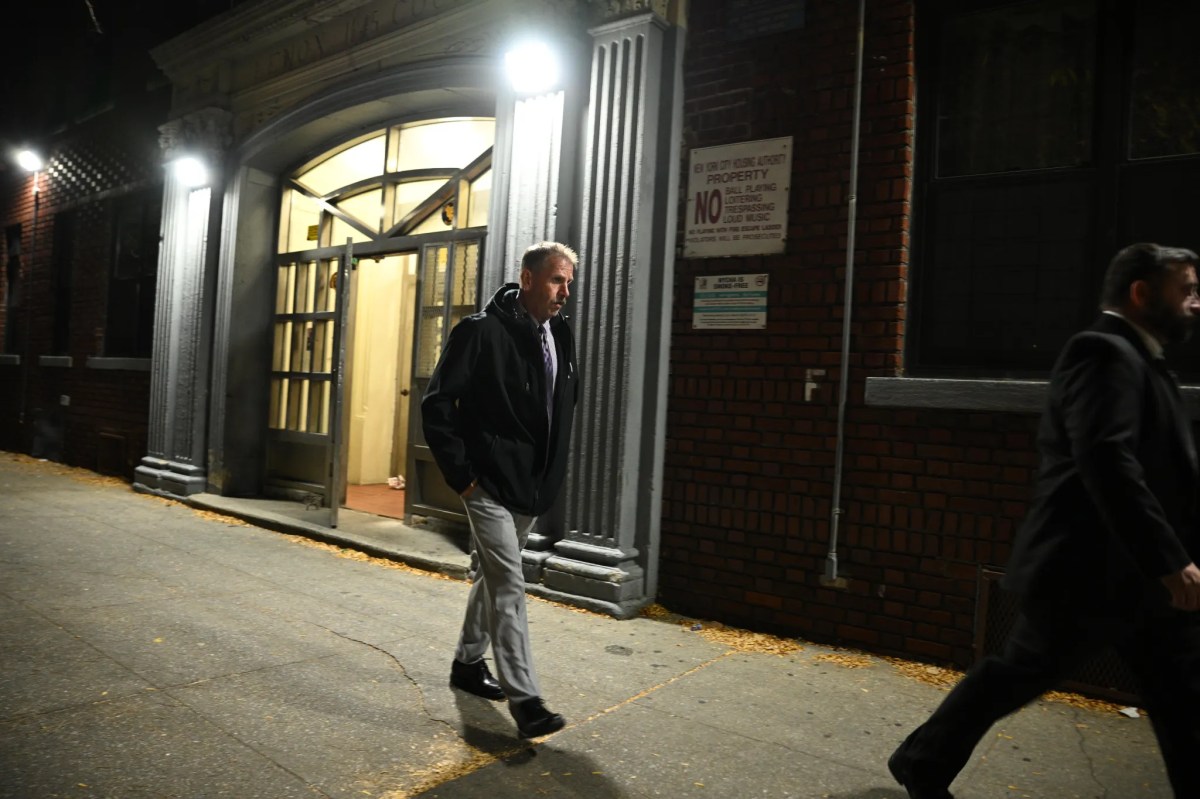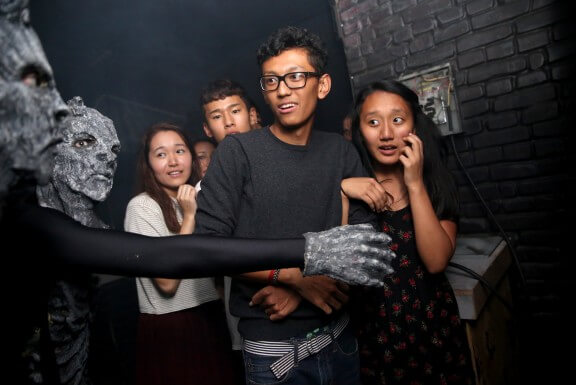 Claire Danes grapples with bipolar disorder on “Homeland.”
Claire Danes grapples with bipolar disorder on “Homeland.”
Credit: Kent Smith/Showtime
The question:
I love “Homeland” and sometimes really identify with how the main character feels. Does that mean I could be bipolar?
I’ve only seen a couple of episodes of “Homeland,” so I can’t speak to the heroine’s behavior. But simply identifying with the character’s feelings does not a diagnosis maketh. In my humble opinion, Hollywood historically glamorizes or does a mediocre job at portraying mental illness (with the exception of addiction), and is therefore a poor reference point for self-diagnosis. Even the Oscar-nominated “Silver Linings Playbook,” centered around the mercurial world of a person suffering from bipolar disorder, turned Bradley Cooper’s illness into a loveable personality quirk.
Consequently, it’s important to distinguish between normal ups and downs, and the debilitating highs and lows of bipolar disorder. Many mentally healthy people have mood swings. In a culture where happiness is considered a birthright, people are often quick to jump to the conclusion that something is wrong with them when they are not feeling 100 percent content at all times. Grief and sadness are a normal response to loss and disappointment. Excitement and inspiration are appropriate responses to pleasurable and creative activities.
Formerly known as manic depression, bipolar disorder is a potentially debilitating chemical imbalance in the brain characterized by periods of extreme ups and downs, and risky behaviors. According to the National Institute of Health, it affects approximately 5.7 million adult Americans, or about 2.6 percent of the U.S. population age 18 and older every year. Frequently misdiagnosed, as many as 20 percent of people complaining of depression to their doctor actually have bipolar disorder.
During the manic stage of the disorder, people experience what many describe as an intoxicating high and sense of euphoria. This high may give them the sense of invincibility that impairs their judgment, leading them to reckless behavior like binging on food or substances, spending sprees and sexual promiscuity. They may also display pronounced agitation or irritation, inflated self esteem, decreased need for sleep, hyperactivity, racing thoughts and poor temper control. Some even experience psychotic episodes and extreme paranoia. A person suffering from mania may seem barely recognizable to their loved ones, altering the way they talk or dress.
Some individuals experience a milder form of mania known as hypomania. A departure from their baseline mood, they may suddenly appear unusually talkative, energetic, creative, confident, assertive or creative, working on projects for days without sleep, or engaging in promiscuous behavior. Unlike full-blown mania, those with hypomania tend to function with less impairment in their work and personal lives, and are often mistaken for workaholics.
Both manic and hypomanic types, however, experience bouts of depression where they feel deep sadness, hopelessness and feelings of worthlessness. They may sleep too much, or have trouble sleeping, eat too much or lose their appetite. They usually lose interest in socializing, sex or activities that once seemed pleasurable. Consequently, people with bipolar disorder are at increased risk for suicide. At least 25 percent to 50 percent of patients with bipolar disorder also attempt suicide at least once.
Because of the strong correlation between creativity and manic depression, people with bipolar disorder tend to be over-represented in the arts. Some famous individuals associated with this diagnosis include Vincent Van Gogh, Ernest Hemingway, Virginia Wolf, Sinead O’Conner, Ted Turner, Britney Spears, Catherine Zeta Jones, Robert Downey Jr., Russell Brand, Linda Hamilton and Carrie Fisher.
If you suspect that you might be bipolar, the best thing to do would be to consult a psychiatrist. For more information, consult the National Alliance on Mental Health,National Institute of Health or the Mayo Clinic — all offer excellent resources on mental illness.























